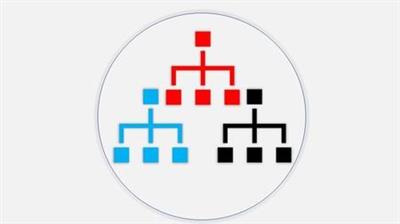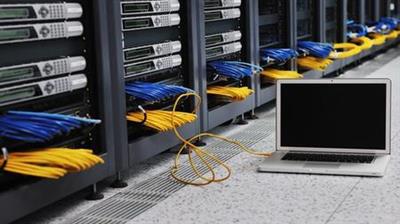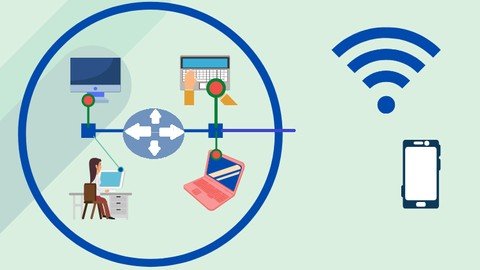Learn Ipv4 Subnetting And Working With Binary
"softddl.org"
11-11-2022, 10:46
-
Share on social networks:
-
Download for free: Learn Ipv4
-

Published 9/2022
MP4 | Video: h264, 1280x720 | Audio: AAC, 44.1 KHz
Language: English | Size: 530.38 MB | Duration: 1h 12m
IP subnetting and binary to pass your A+, Network+, Security+, CCNA, CCNP, CEH, and many other certifications

Published 9/2022
MP4 | Video: h264, 1280x720 | Audio: AAC, 44.1 KHz
Language: English | Size: 530.38 MB | Duration: 1h 12m
IP subnetting and binary to pass your A+, Network+, Security+, CCNA, CCNP, CEH, and many other certifications
What you'll learn
Understand IPv4 Subnetting
Learn about binary numbering
Identify the difference between Public and Private IP addresses
Basic understanding about how NAT and PAT work
Requirements
No experience is necessary, just a desire to learn.
Description
For those of you working towards your certifications (CompTIA A+ and NET+ for instance), this course will equip you with knowledge in IP addressing and binary. I have taught the bootcamps for the A+ and NET+ certifications and I understand that the boot camps are meant to cram a lot of information in a short amount of time. These courses are great for those that have worked in the field for 6-9 months and have some understanding technology. But these courses do not get into detail on binary conversion and in subnetting, and the student is left to do extra research and studying.This course will cover in some detail the areas that students have had the most questions; those questions have been in the areas of IP subnetting and working with binary numbers.This course will go over the differences between public and private IP addressing, as well as network address translation and port address translation.This course will describe IPv4 subnetting, including classless and classful IP addressing, as well as Variable Length Subnet Mask.This course will also introduce you to the various organizations that govern IP address and policies.Computers see everything in binary, or 1s and 0sSo, to understand IP v4 and v6 addressing, it's helpful to understand binary and hexadecimal and being able to convert them back and forth. So, we will go over the process of converting binary to decimal as well as converting hex to decimal, and vice versa.
Overview
Section 1: Introduction
Lecture 1 Introduction
Section 2: Binary Numbering
Lecture 2 Introduction to Numeric Conversions
Lecture 3 Decimal System
Lecture 4 Binary System
Lecture 5 Hexadecimal System
Section 3: Subnetting IPv4 Networks
Lecture 6 RFC 1918
Lecture 7 Private IP Addresses
Lecture 8 Public IP Addresses
Lecture 9 NAT and PAT
Lecture 10 Special IP Addresses
Lecture 11 Subnetting IPv4 Networks
Anyone entering the field of computers and networking,Anyone looking for supplemental material for A+ and Network+ courses
Homepage
https://www.udemy.com/course/learn-ipv4-subnetting-and-working-with-binary/
https://rapidgator.net/file/f1a70b6ebea1cbd7035ce7a378acbe3f/blvrf.Learn.Ipv4.Subnetting.And.Working.With.Binary.rar.html

https://uploadgig.com/file/download/b21db08F221D5833/blvrf.Learn.Ipv4.Subnetting.And.Working.With.Binary.rar

https://nitroflare.com/view/A8727A81A75711D/blvrf.Learn.Ipv4.Subnetting.And.Working.With.Binary.rar
Links are Interchangeable - No Password - Single Extraction
The minimum comment length is 50 characters. comments are moderated





